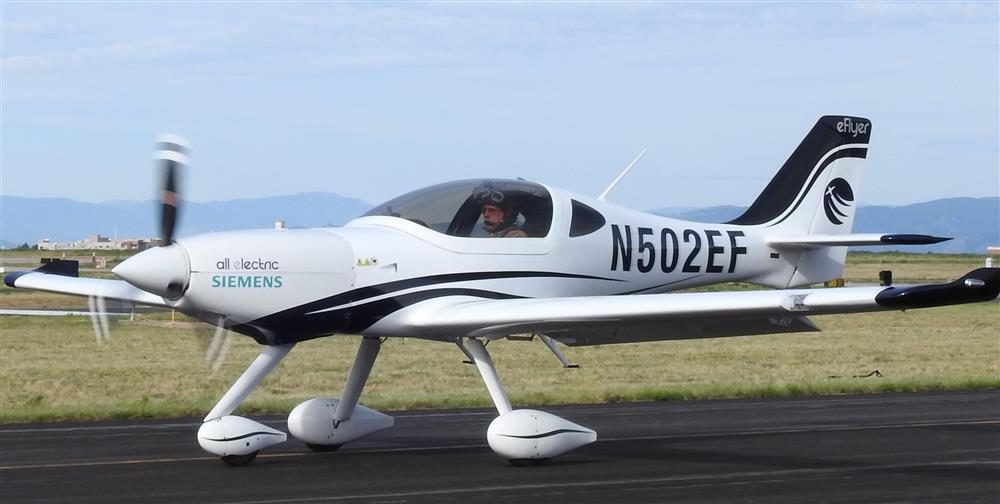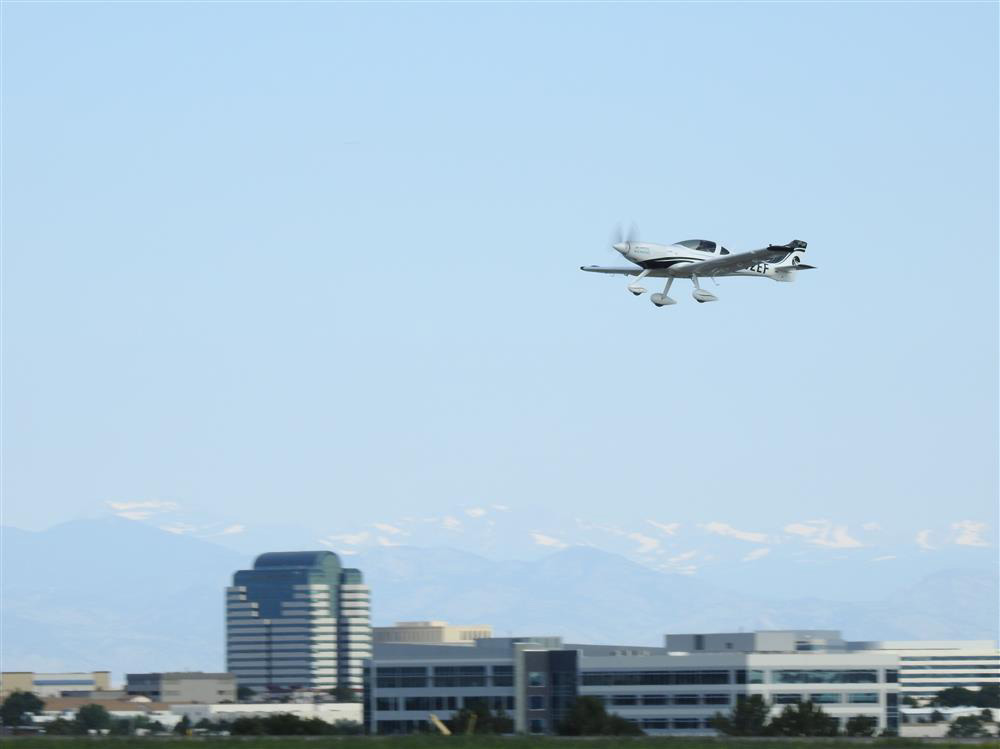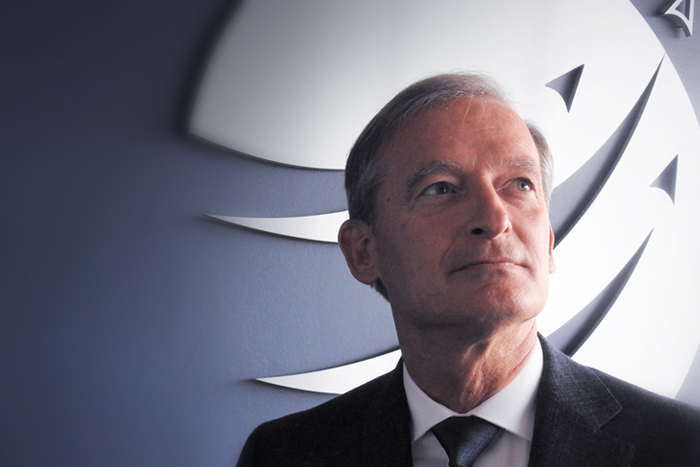60 Minutes With George Bye, CEO & Founder, Bye Aerospace
Rapid innovation in alternative engine and power technologies is transforming industries and changing how we think about developing products, equipment, and the infrastructure we use to support the world’s economy.
The aviation industry is making progress but at an arguably slower pace. A necessarily more challenging regulatory environment, relatively low sales volumes over which to spread associated costs are just two of the understandable impediments to rapid change.
But the industry is moving forward. And George Bye of Bye Aerospace is helping to lead the charge. ZRG’s Craig Sabina sat down with George as he shared his thoughts about the past, present, and future of aviation as well as the challenges and the opportunities facing the industry and his company.
CS: Can you share the thinking that led you to start Bye Aerospace 12 years ago, and share some highlights and low points since starting the business?
GB: My history in Aviation goes back to grade school. Both of my parents were pilots. We flew all the time in the family Piper Cherokee 140. It was the era of the Apollo program and the dawn of supersonic commercial air travel. It was a very cool time in our (American) history. The pebble dropping into the pond, creating the ripples and the waves that produced the aviation industry we see today.
My concern is that so much of the fleet (of general aviation aircraft) are still from the 1960’s era. And the pilot community is largely from that era as well. The technologies that revolutionized flight at that time have essentially been held in suspension since then. We are flying the same speeds, burning the same fuel, flying to the same destinations. We have not seen similar disruptive, transformative changes in the modern era. I am concerned that was who we were then, not who we are now.
So, it is on us, on me, to pass the baton to the next generation. Aviation is such an important legacy passed on to us, technologically, economically and just in terms of pure inspiration. We must pass it on. And this is no time for an incremental approach. We are at the edge of a cliff. Failure to answer today’s challenges in our industry is simply not an option. The timing is right. At Bye we are certainly engaged and inspired.
I recently spoke with a group about the nature of innovation and its importance in the process of disrupting current thinking. Doing something new usually means, among other things, leaving something behind. Creating this company and a new kind of product is very hard to do. The challenge revolves around technology that exists, technology that might exist and technology concepts that may become real in the future. Then there are the critical elements required to be successful – a great team, with the necessary skills and depth, appropriate financial support and later, a supplier network to sustain production.
And to ultimately be successful, the key is to understand what problem you are trying to solve. Innovation needs to have an economic base of support, an economic imperative to be successful. We need pilots, 30,000 per year for the foreseeable future, clearly a compelling economic imperative. We had the vision and we saw the opportunity 12 years ago. We need real products, real ideas, real answers. Bye Aerospace offers one idea and part of the answer to the urgent need.
CS: Bye Aerospace appears to be gaining significant momentum this year. What is contributing to your success and what can you share with respect to your plans for the future?
GB: Both Boeing and Airbus are projecting that the commercial aviation industry will need 790,000 pilots over the next 20 years, fueled by substantial global growth in middle and upper-middle-class population sectors. To put this in perspective, today there are approximately 150,000 ATP rated pilots. Many of them are approaching retirement age – 30% are said to be reaching retirement age over the next 3 years. There is a tremendous sense of urgency to meet this challenge.
General aviation (GA) has an important role to play here. American general aviation is the model for the part GA will play as this growth materializes. It will be an important part of the pipeline to satisfy demand.
Our success is clearly being driven by these macroeconomic trends and forecasts. But first we have to finish the FAA and EASA certification process for the E-Flyer over the next 2 years, validating the program’s safety, quality and performance. The next step will be scaling up production from 50 to 100 to 300+ aircraft per year. Our current facilities will support this planned production growth.
CS: At Aero Friedrichshafen and at the Paris Air Show this year, electric and hybrid-electric propulsion systems were hot topics. Can you share your take-a-ways from the events?
GB: It is an exciting time. Lots of new concepts. Battery cell technology continues to be very interesting and the energy density is compelling. It has been coming for years but the timelines keep moving out. Some of the hybrid solutions, while intriguing, introduce additional complexity and cost. We believe the right solution is to use practical, existing technology and to bring the solution to market as quickly as possible.
Bye Aerospace IN THE NEWS
BlackBird Partners with Bye Aerospace to Make Flying More Affordable

CS: Battery energy density is predicted to improve rapidly in the coming decades. Can you share what you are seeing and how and when you believe your company will take advantage of the improvements?
GB: This is the basis for Bye Aerospace, understanding and leveraging the trend. When we started the company, we were working with 100-watt hours per kilogram (wh/kg) batteries. As we have developed our aircraft, we have leveraged the rapid improvement to 160 to 200 to 240 and now 260 wh/kg lithium batteries. We are also seeing rapid improvements in battery design, manufacturing and attention to detail. These trends have helped t. o inform our R&D efforts, allowing us to plan for what is coming next.
Today’s 260 wh/kg battery solution reduces the average cost from $50 per flight hour for a similar traditional training aircraft to just $3 dollars per hour. This changes everything. Flight training is time-consuming and expensive. The cost is about to drop dramatically. And we will eventually be flight testing a 400 wh/kg and extending range from 3 to 4 to 5 hours of continuous flight. We expect to bring these dramatic improvements to the market in 2 or 3 years.
Bye Aerospace IN THE NEWS
OXIS Energy to Develop Proof-of-Concept Advanced, Lightweight Lithium Sulfur Cells for BYE AEROSPACE

CS: The industry regulatory environment has contributed to an incredible aviation industry safety record. But the resulting challenge has been and remains, the impact on the cost and the pace of innovation. How do you see the regulators and the industry addressing the challenge of integrating improvements more rapidly while maintaining safety standards, particularly with respect to electric propulsion?
GB: Honestly, I am sad to say that our culture has changed dramatically in ways that don’t celebrate and support innovation. We have become extremely risk-averse, emphasizing litigation at the expense of innovation. Too often we reward conformity over innovation and risk-taking. We seem to be moving toward looking to government for solutions instead of celebrating individual risk-taking and achievement. The result is that only elites innovate.
Another significant challenge for our industry and our company is that the target audience has grown up in a much more risk-averse world than we did. Becoming a pilot is difficult and time-consuming. The outcome, while promising, is uncertain.
With respect to product development and certification, we are hopeful. Bye Aerospace is the first company to go through the FAA Part 23, Amendment 64 certification process. The FAA is full of wonderful and talented people. They continue to be challenged by tools from the past. We are working together to create processes and tools better suited to the future of aircraft certification. The agency gets it. They understand that the time is now, that without significant change, more than just incremental change, the general aviation fleet will cease to exist.
CS: Is there anything else on your mind, anything else you would like to share?
GB: It is important to share that we absolutely love what we do and that we are grateful for the opportunity. We know that this work is so important. Most people take the air transportation system for granted. Well, not for long, not anymore and certainly not on our watch. The industry must stand up and address the challenges we face. At Bye Aerospace, we are working hard every day to do our part.

